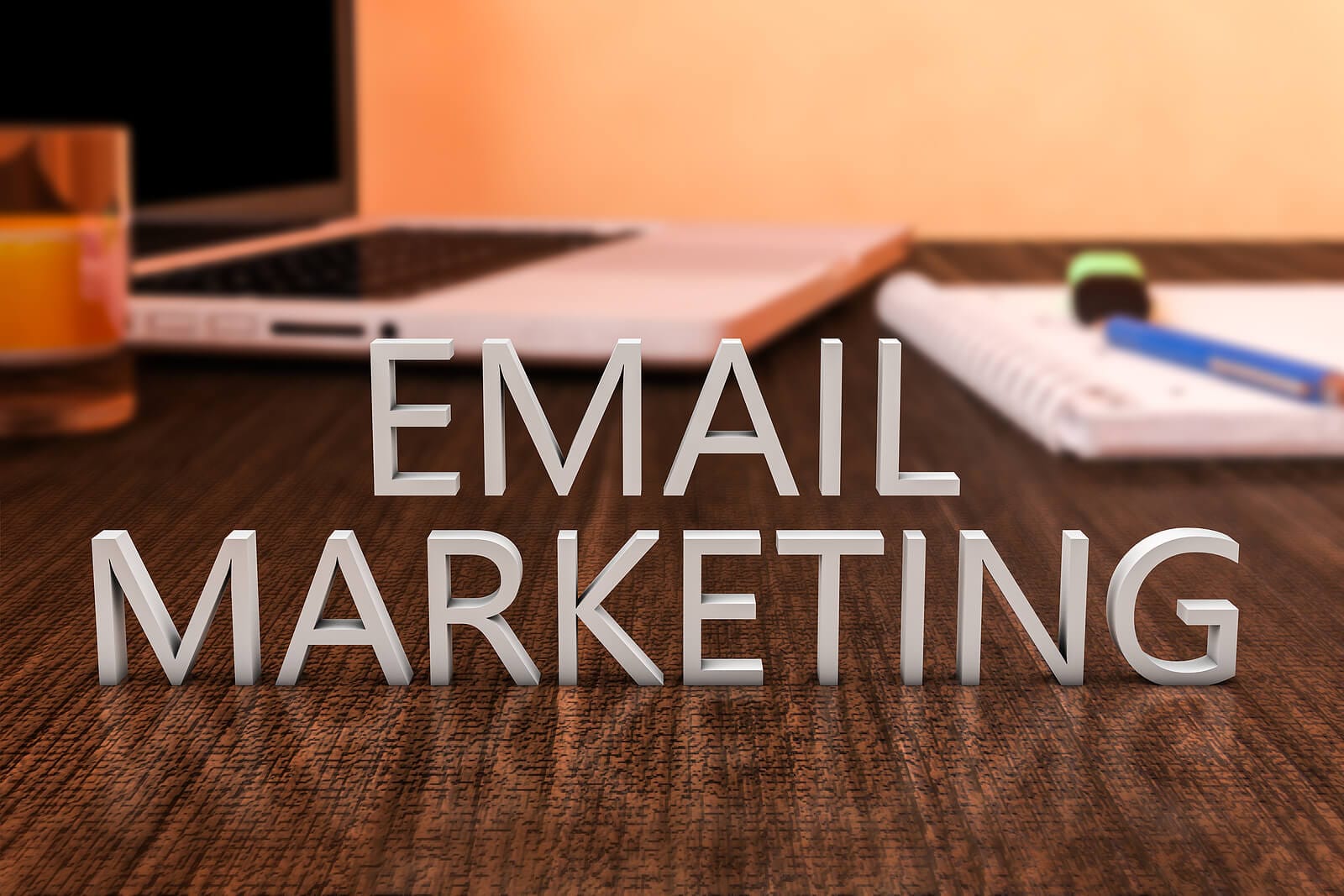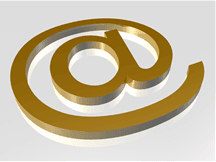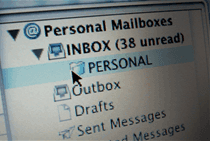
Email marketing can be a form of eitherdirect marketing (“push marketing” – advertising, distributing sale coupons, etc.) or indirect marketing (“pull marketing” – informative newsletters with tips, advice, etc.).
The benefits of email marketing include:
- Your messages go directly to youraudience
- It makes it easy for readers to keep your organization top of mind.
- Subscribers can read your messages at their convenience.
- You can incorporate your brand identity in HTML-enabled email messages.
- Compared to the costs of direct mail marketing, it’s downright cheap.
The Elephant in the Room: Spam
Since the advent of email as a communications medium, consumers and businesses alike have become inundated with unwelcome spam messages.
Regulations, such as the CAN-SPAM (Controlling the Assault of Non-Solicited Pornography and Marketing) and the European Privacy and Electronic Communications Regulations of 2003, have helped, but have not come close to eliminating the problem of unwanted email. Hackers and spammers (think Viagra) make matters worse, as do marketers who buy lists of contacts who have not opted-in to receiving their messages.
As a result, some marketers have given up and abandoned email marketing as a viable tool for building their business, crying, “Email marketing doesn’t work anymore.” Our experience has been that it most certainly does work; you just have to do it right.
Despite some disillusion, email marketing remains the top area of investment growth among marketers and business leaders (65%) for 2011, followed by social media marketing (57%) and search marketing (41%). – StrongMail (2010)
If you still think email marketing is yesterday’s news, see Time to Stop Sending Email Newsletters?
Why Email Marketing Works
Despite hackers and spammers, email marketing can be a very useful and effective tool:
Not only are online newsletters more affordable than print newsletters, but also the response time is shorter, results are easier to measure, and data is available almost instantaneously. Once you have meaningful data on your email newsletters, you’ll be able to quantify your success and gain insight about what is (and isn’t) working.
Some Email Marketing Best Practices
Here are a few best practices you can use to help make your email marketing a success:
- Always secure opt-in permission before sending marketing messages via email
- Know your audience
- Keep your message brief and to the point
- Deliver consistent, high-quality content
- Avoid being overly ‘salesy’ in your message (that doesn’t mean you can’t include a well-worded call-to-action)
- Provide messages in both HTML and text format to comply with your readers’ preferences and technical capabilities
- Survey your audience frequently to gauge reader satisfaction, engagement, and overall experience with your message
- Include CAN-SPAM compliant messaging in the footer of every message and make it easy for readers to unsubscribe
- Respect your readers’ privacy by not sharing your list with (or selling it to) others
The Email Marketing Tool Belt
Another big advantage of email marketing is the wide array of free and inexpensive tools that help you manage your email messages and campaigns. Tools like ConstantContact, AWeber and others provide tools that allow you to easily:
- Design and lay out your email message to correspond with your branding and make it easy to scan its contents
- Build and manage your list by providing sign-up forms and securing the necessary opt-in permission
- Schedule delivery of your messages
- Send autoresponse messages at pre-defined intervals for themed, serial messages
- Make your email easy to share with forwarding, social media sharing, and printer-friendly-version links
- Track key analytics, including send rates, open rates, bounce rates (message returned as undeliverable), click-through rates for links within your email and more
Segmenting and List Building
Segmenting Your Audiences
Because your readers will identify with information that is most relevant to them, you may decide to build and maintain more than one mailing list or to segment a single list by whatever characterization applies to that audience. It’s not unusual for a business to target more than one market.
Segmenting your list is a matter of creating separate lists according to the common needs (and/or message timing requirements) of an audience. If you decide to create segmented lists, the sooner you set them up the better because it can affect the information you collect during opt-in. Trying to segment a single list at a later time can be troublesome from both a technical and a labor standpoint, depending on the size of your list.
Building Blocks
Ways to build your email list include:
- Adding a sign-up form on your website and/or blog
- Including opt-in links or forms on social media profile pages, splash pages or online advertisements
- Collecting customer information from sales data or prospective customer inquiries
For more ideas on building your list, see:
6 Ways to Grow Your Mailing List
Want More Newsletter Subscribers? Use a Bait Piece
Getting Email Marketing Help
If you’re still not sure if email marketing is the best choice for your business or organization, or if you need help with a fledgling email marketing program you’ve already got going, reach out to us; we can help. You can also sign up for our newsletter or connect with us on LinkedIn, Twitter or Facebook right from the Connect with Us box on our home page and get savvy email marketing tips and ideas that can keep you at the top of your game.
MORE ON EMAIL MARKETING AND NEWSLETTERS
More Email Marketing Topics
Tips for Choosing Newsletter Format
Time to Stop Sending Email Newsletters?
Subject Lines: How Do Yours Stack Up?
8 Tips for Value-Packed Newsletters
Living Dangerously with your Email Marketing?
Looking for Newsletter Content? Read this.
10 Tips for Click-Worthy Subject Lines: Do yours Stink?








